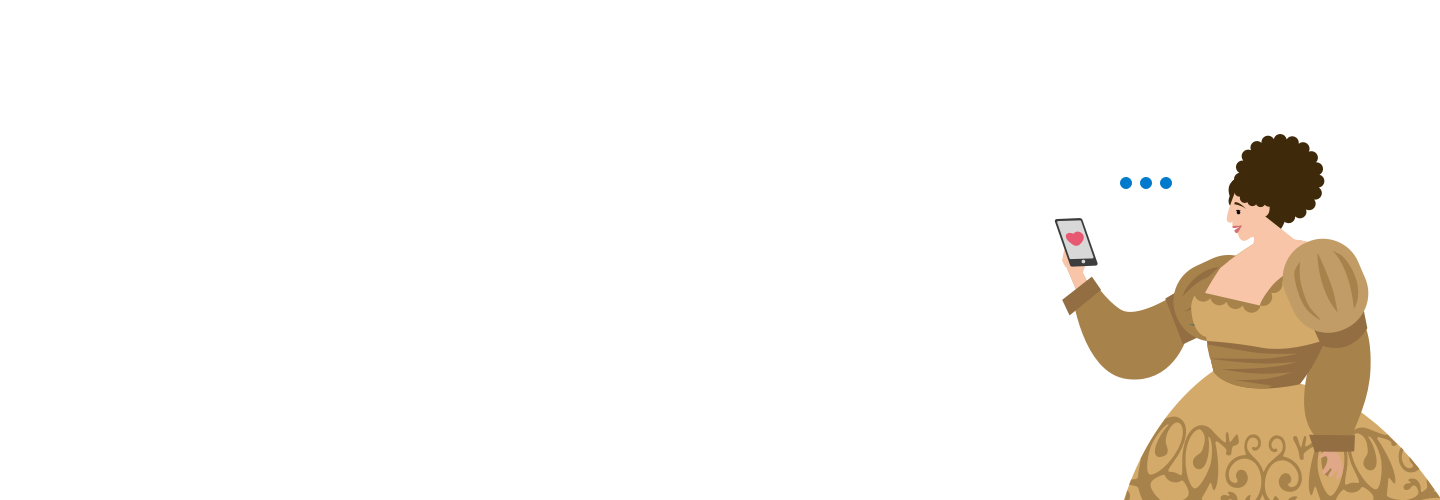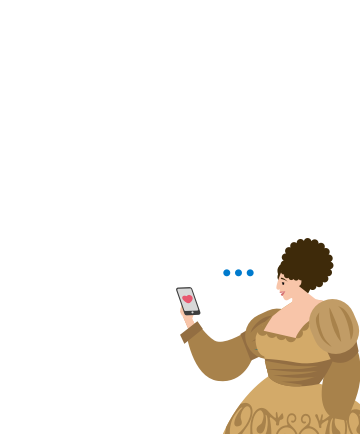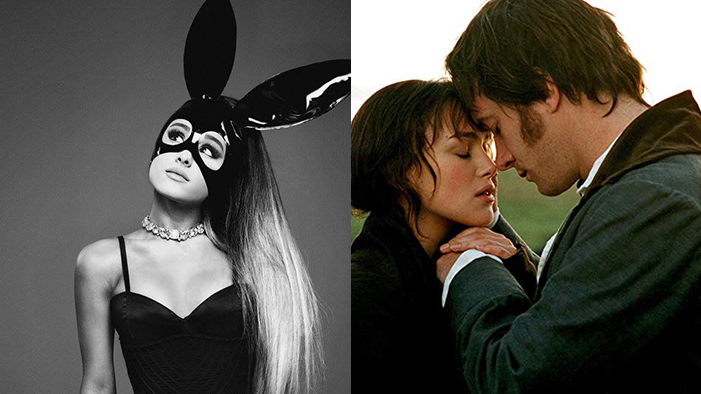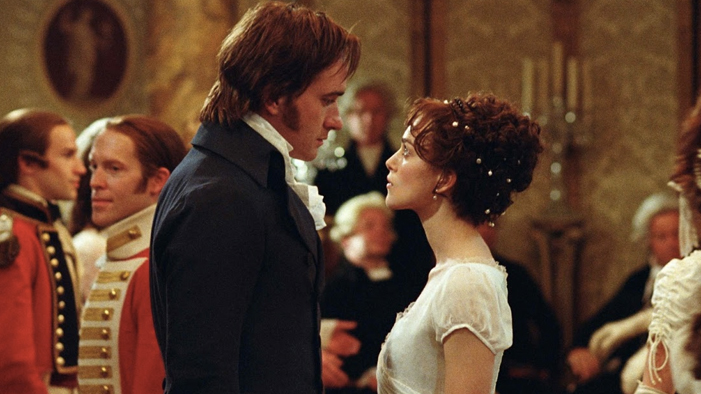The 101: Where to Start Analyzing a Poem
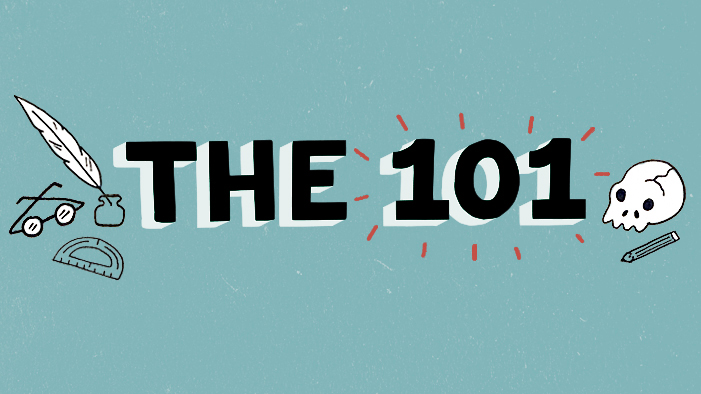
Poetry is HARD. I mean, I often have trouble understanding it—and I am myself a poet and a poetry teacher. But that is the point of poetry: the fact that it can be difficult to understand, or, as I prefer to say, mysterious, is also what makes it magical and complex and, well, wise and, ultimately, rewarding. The process of understanding a poem is what makes the poem powerful to you, as an individual. And, while you definitely don’t need to understand poetry in order to derive pleasure from it, I understand that sometimes you need to write a paper or perhaps you simply want to become cultivate your inner Hermione.
Poetry is hard because it’s dense. So the key, when analyzing any poem, is to read the poem a few times, with an eye toward each poetic component. Comprehension comes in pieces. Patience is key. Also: Trust your gut.
Before we get started: I strongly recommended working with a photo copy of a poem and/or a book you don’t mind marking up. It depends on how you think, but I find it most helpful to write all over the poem.
1. Go to a café. Get an espresso.
2. Put on a black beret (also known as: “thinking cap”).
3. Read the poem, once through, to yourself. Underline any words you don’t know. Before you go any further, look up those words and write the definitions in the margin.
4. Cry for an hour.
5. Read the poem again, this time, with an eye for content: what is the poem “about”? Does it tell a story? If it doesn’t, what seems to be the organizing principle? The organizing principle could be as basic as, “all observations made by an ‘I'” or “it’s in the shape of a horse“—or you might not be sure yet. That’s fine.
6. Read the poem again (yup—get used to it!). This time, as you read, notice any words or phrases that recur. Recurring words and phrases can often point you to a poem’s central ideas or themes. For instance, in Emily Dickinson’s famous “I’m Nobody! Who are you!”, the word “Nobody” appears again, immediately, in the second line…so, yeah, you can guess right off the bat that what it means to be “nobody” is probably central to the poem.
7. Get another espresso.
8. Read the poem (yes, the same poem) yet again, and this time, with a focus on the syntax. Is the poem one long sentence? A few shorter sentences? Are there question marks? Dashes? Exclamation points? Colons? Periods? Or does the poem not appear to be written in sentences at all? Is it in fragments? Is there little to no punctuation? Syntax can help you figure out the tone of the poem (lots of exclamation points = excitement or irony), while also pointing you toward important moments in the poem: as they say, where there’s smoke there’s fire. Well, in the land of literary analysis, punctuation’s the smoke. So, sticking with the Dickinson: in that second line, she writes, “Are you — Nobody — too?,” setting off the “Nobody” with dashes. She’s using dashes to further emphasize the word. If a poem uses only one colon or two commas or three periods, go to those moments. Look closer.
9. Stare off into the distance for ten minutes.
10. You’ve probably read the poem enough times at this point to do some thinking without rereading. Notice the diction, or word choice, of the poem. Does it seem, like, totally, like, you know, something you’d say on your cell to your bestie?? Or was it, perchance, penned in a rather formal and archaic diction? Or maybe, it’s, like, an amalgam of low and lofty registers? First, check the date it was written. What’s formal to you might’ve been street slang to Shakespeare. And next, think about it: why might a poet write in a casual manner? Or, for that matter, in a formal way? How does it alter your reading of the poem? (Also: diction’s another useful indicator of tone!).
11. Scribble a haiku in the margins of your notebook.
12. On your next reading, read the poem aloud, paying close attention to sound. How does the poem feel in your mouth? Is it smooth and melodious and easy to say? Or is it harsh and tongue-twister-y? Is there rhyme? Alliteration? Assonance? Consonance? Some other sound thing that doesn’t have a name? And how does all this affect you as a reader? Does it lull you or frustrate you or excite you or crack you up? If you answered “yes” to any of the above, the poem’s doing its job. The sound of a poem is one of the ways it’s able to transmit a feeling to you, the reader. So: what emotion or feeling do you think this one’s transmitting? Which sounds make you think that?
13. Lastly (!!!!), consider the form, or shape, of the poem. Is it separated into neat and regular stanzas? Is it in couplets? A block of prose? A string of short lines? Is it scattered all over the page like dandelion fluff? Does it follow a regular rhyme scheme? Is it small? Large? How does its size or shape or layout interact with the content and themes and language of the poem? The long, expansive lines of this Walt Whitman poem echo and reinforce the sense of the poem’s inclusivity—each line is trying to hold as much as it possibly can—more than it can.
14. Try to take a (non-literal) step back. How are all of these components working together to create a feeling or explore an idea? Are some of these elements in tension with each other? (For instance, maybe it’s poem about spaceships written with 19th century vocab. Tension exists there between the subject and the language.) If so, what’s the effect of that tension?
15. Now revisit the first question: what do you think this poem’s “about”? You should have a better idea of it’s themes—and some proof to back you up.
16. Adjust your beret.
17. Sigh.




